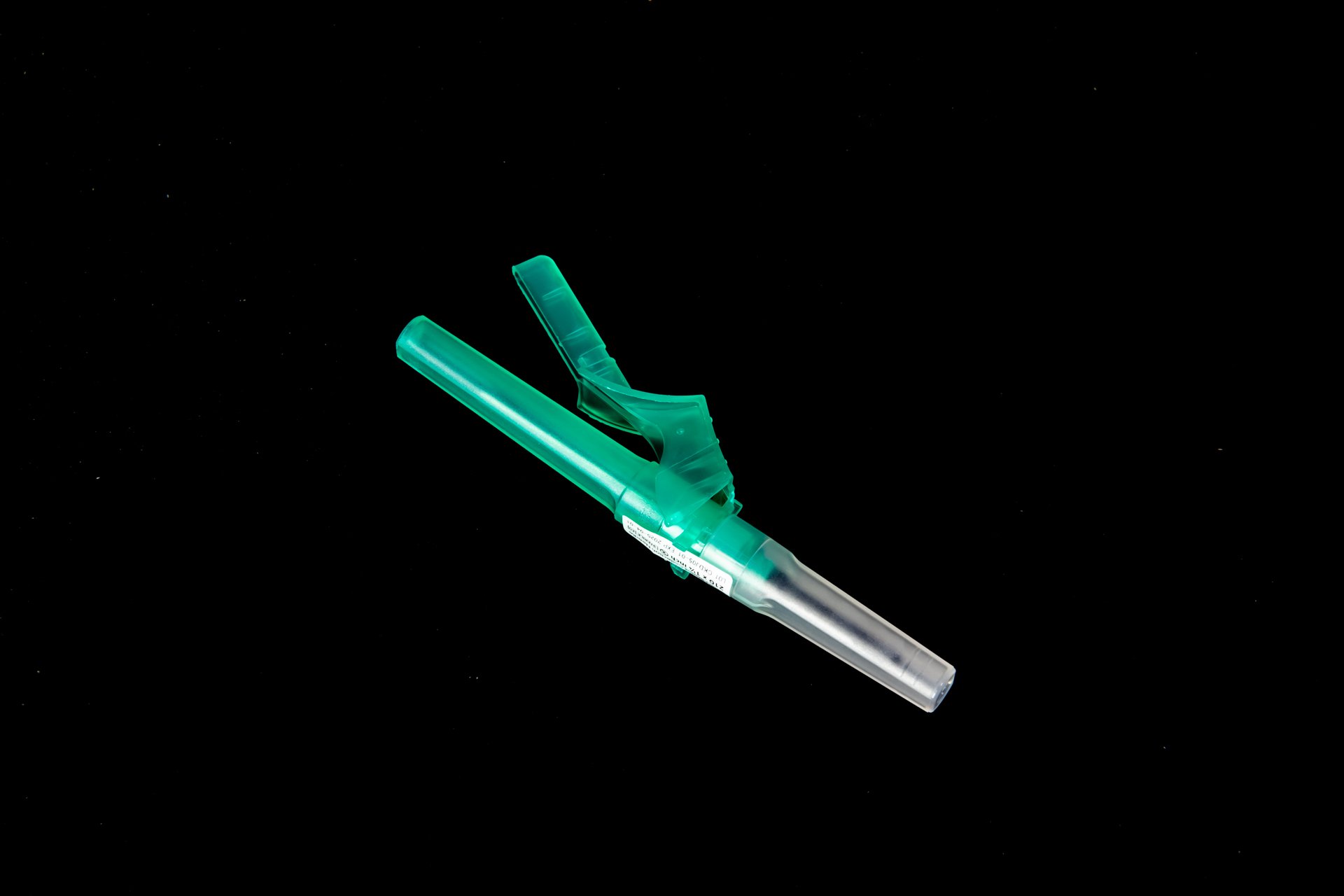Preventing Hemolysis in Blood Samples
When collecting blood samples for medical tests or procedures, it is crucial to ensure that the sample remains intact and free from any contamination. One common issue that can occur during the collection process is hemolysis, which is the break down of red blood cells and release of their contents into the plasma or serum. Hemolyzed blood samples can lead to inaccurate test results, which can have serious consequences for patient care. In this blog post, we will discuss the causes of hemolysis in blood samples and provide tips on how to prevent this from happening.
Causes of Hemolysis
There are several factors that can contribute to hemolysis in blood samples. Some of the common causes include:
- Improper handling of the sample during collection or transportation
- Use of a needle that is too small or too large
- Excessive shaking or agitation of the sample
- Presence of clotted blood in the sample
- Incorrect storage temperature
It is important to be aware of these causes in order to take the necessary precautions to prevent hemolysis in blood samples.
Prevention Tips
1. Proper Training
One of the most important steps in preventing hemolysis is ensuring that all staff involved in blood sample collection are properly trained. This includes training on proper techniques for venipuncture, sample handling, and transportation. Staff should also be educated on the importance of preventing hemolysis and the potential consequences of inaccurate test results.
2. Use the Right Equipment
Using the right equipment is essential in preventing hemolysis. This includes using the appropriate size needle for the sample collection, as well as using tubes with the right additives for the tests being performed. It is also important to use tubes that are free from cracks or defects, as these can lead to hemolysis.
3. Gentle Handling
It is important to handle blood samples with care to prevent hemolysis. This includes avoiding excessive shaking or agitation of the sample, as well as ensuring that the sample is not subjected to any unnecessary pressure or trauma during collection or transportation.
4. Proper Storage
Proper storage of blood samples is also crucial in preventing hemolysis. Samples should be stored at the right temperature and in the correct conditions to ensure their stability. It is important to follow the guidelines provided by the laboratory for sample storage and transportation.
Conclusion
Preventing hemolysis in blood samples is crucial for ensuring accurate test results and optimal patient care. By following the tips outlined in this blog post, healthcare professionals can take the necessary steps to prevent hemolysis and ensure the integrity of blood samples throughout the collection and handling process.
For more information on preventing hemolysis in blood samples, please visit this article.
For additional resources on blood sample collection and handling, please refer to this website.
Disclaimer: The content provided on this blog is for informational purposes only, reflecting the personal opinions and insights of the author(s) on phlebotomy practices and healthcare. While we strive to share accurate and up-to-date information, we cannot guarantee the completeness, reliability, or accuracy of the content. The blog may also include links to external websites and resources for the convenience of our readers. Please note that linking to other sites does not imply endorsement of their content, practices, or services by us. Readers should use their discretion and judgment while exploring any external links and resources mentioned on this blog.



